Fire protection requirements for energy storage power station equipment
Welcome to our dedicated page for Fire protection requirements for energy storage power station equipment! Here, we have carefully selected a range of videos and relevant information about Fire protection requirements for energy storage power station equipment, tailored to meet your interests and needs. Our services include high-quality home solar systems, photovoltaic panels, and advanced inverters, designed to serve a global audience across diverse regions.
We proudly serve a global community of customers, with a strong presence in over 20 countries worldwide—including but not limited to the United States, Canada, Mexico, Brazil, the United Kingdom, France, Germany, Italy, Spain, the Netherlands, Australia, India, Japan, South Korea, China, Russia, South Africa, Egypt, Turkey, and Saudi Arabia.
Wherever you are, we're here to provide you with reliable content and services related to Fire protection requirements for energy storage power station equipment, including cutting-edge home solar systems, advanced photovoltaic panels, and tailored solar energy solutions for a variety of applications. Whether you're looking for residential rooftop installations, commercial solar projects, or off-grid power solutions, we have a solution for every need. Explore and discover what we have to offer!
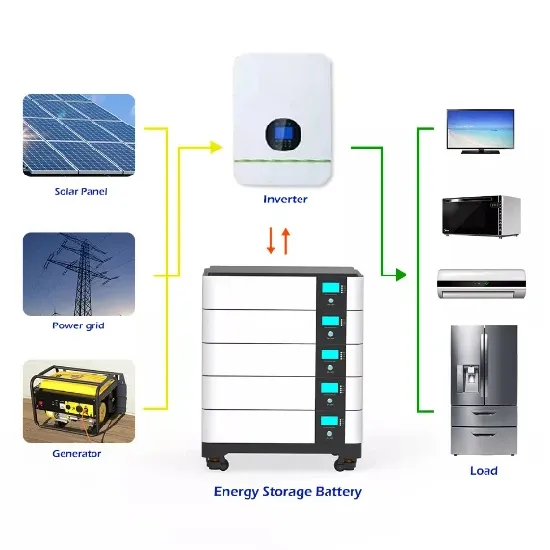
Understanding NFPA 855: Fire Protection for Energy
The purpose of NFPA 855 is to establish clear and consistent fire safety guidelines for energy storage systems, which include both stationary
WhatsApp Chat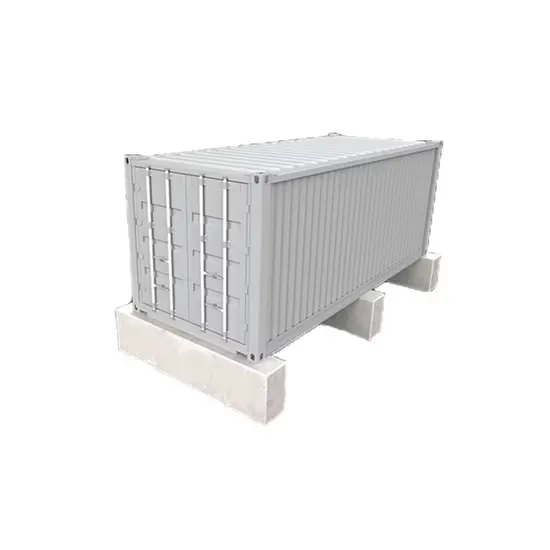
Fire Codes and NFPA 855 for Energy Storage Systems
Fire codes and standards inform energy storage system design and installation and serve as a backstop to protect homes, families, commercial facilities, and personnel,
WhatsApp Chat
Complying With Fire Codes Governing Lithium-ion Battery Use
Energy storage systems may include equipment for charging, discharging, control, protection, power conversion, communication, air circulation, fire detection and suppression, fuel or other
WhatsApp Chat
What are the fire protection requirements for energy storage
Fire protection requirements for energy storage equipment include: compliance with national and local codes, installation of appropriate fire suppression systems, continuous
WhatsApp Chat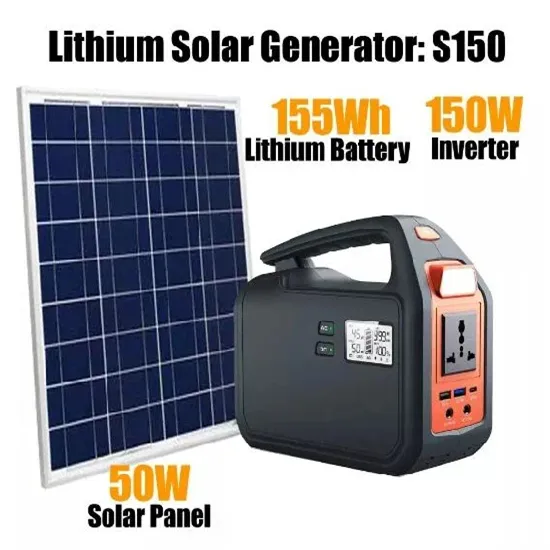
Essential Safety Distances for Large-Scale Energy Storage
Discover the key safety distance requirements for large-scale energy storage power stations. Learn about safe layouts, fire protection measures, and optimal equipment
WhatsApp Chat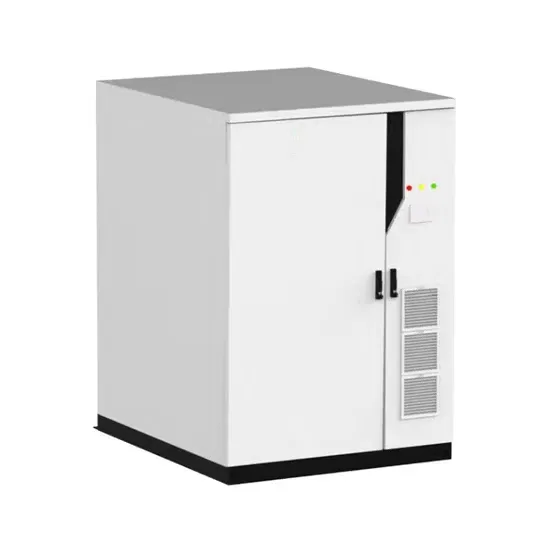
Understanding NFPA 855: Fire Protection for Energy Storage
The purpose of NFPA 855 is to establish clear and consistent fire safety guidelines for energy storage systems, which include both stationary and mobile systems that store
WhatsApp Chat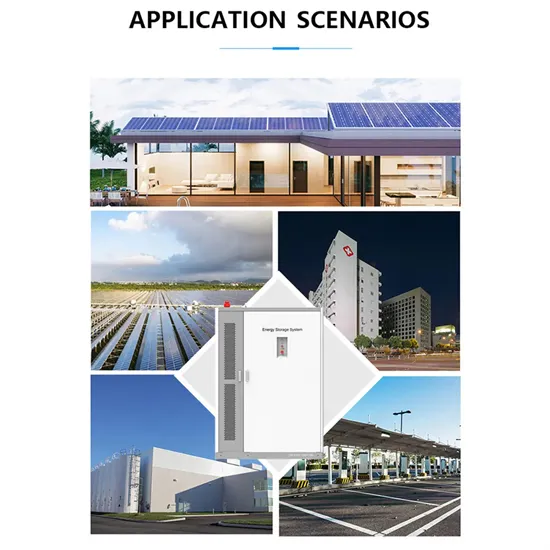
Design of Remote Fire Monitoring System for Unattended
At the same time, combined with the pilot construction experience of unattended substation fire remote monitoring system project of State Grid Shenyang Electric Power Co.,
WhatsApp Chat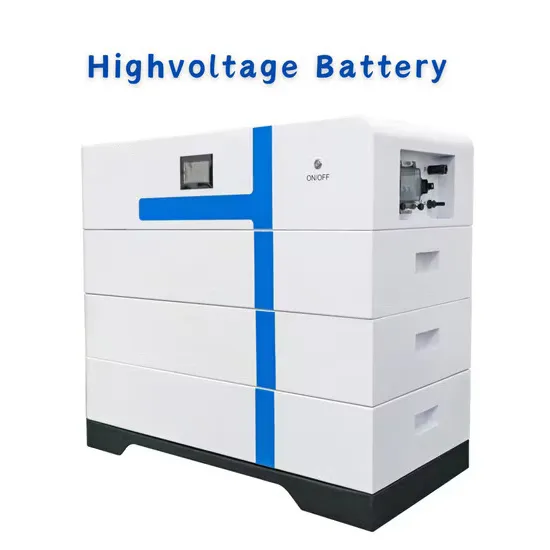
Essential Safety Distances for Large-Scale Energy Storage Power Stations
Discover the key safety distance requirements for large-scale energy storage power stations. Learn about safe layouts, fire protection measures, and optimal equipment
WhatsApp Chat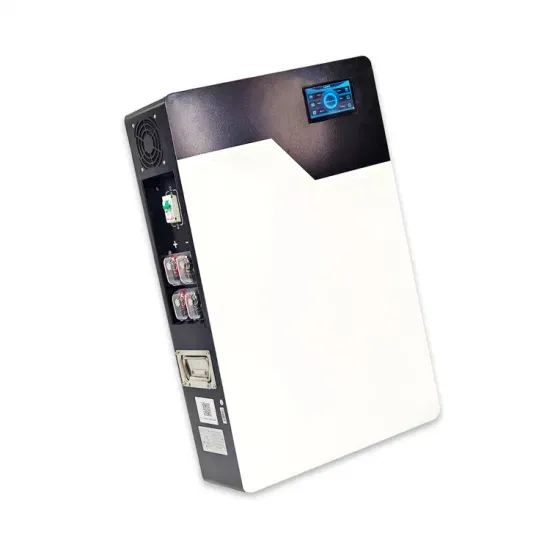
Fire protection regulations and standards for energy storage
Code-making panels develop these codes and standards with two primary goals in mind: (1) reducing the likelihood of fire stemming from energy storage equipment, and (2) minimizing
WhatsApp Chat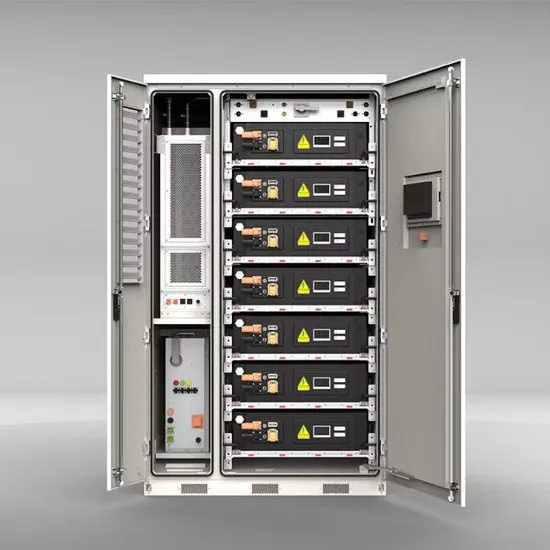
How about the fire protection sales of energy storage
1. The fire protection sales of energy storage power stations have been on an upward trajectory, driven by several pivotal factors: 1. Increasing
WhatsApp Chat
Energy storage power station fire protection design standard
What is the NFPA 855 standard for stationary energy storage systems? Setting up minimum separation from walls,openings,and other structural elements. The National Fire Protection
WhatsApp Chat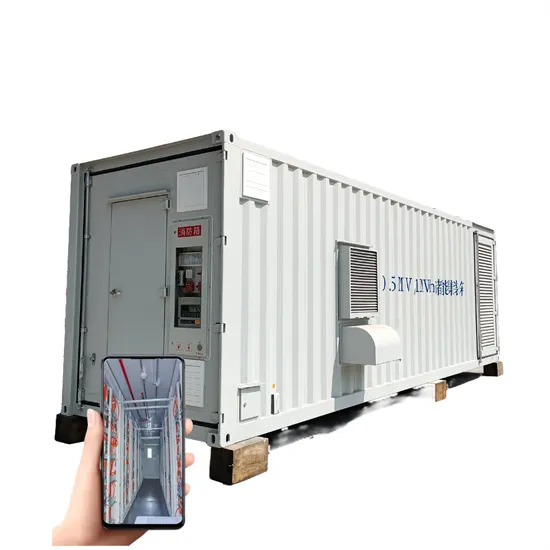
Siting and Safety Best Practices for Battery Energy Storage
Finally, state and local building, fire, and zoning requirements should also be met. For the purposes of CPCN review and approval, we recommend that future CPCN applicants with
WhatsApp Chat
What are the fire protection requirements for energy storage equipment
Fire protection requirements for energy storage equipment include: compliance with national and local codes, installation of appropriate fire suppression systems, continuous
WhatsApp Chat
BATTERY STORAGE FIRE SAFETY ROADMAP
This roadmap provides necessary information to support owners, opera-tors, and developers of energy storage in proactively designing, building, operating, and maintaining these systems to
WhatsApp Chat
Fire Inspection Requirements for Battery Energy
NFPA 855: Standard for the Installation of Stationary Energy Storage Systems: This standard provides requirements for the installation and maintenance of
WhatsApp Chat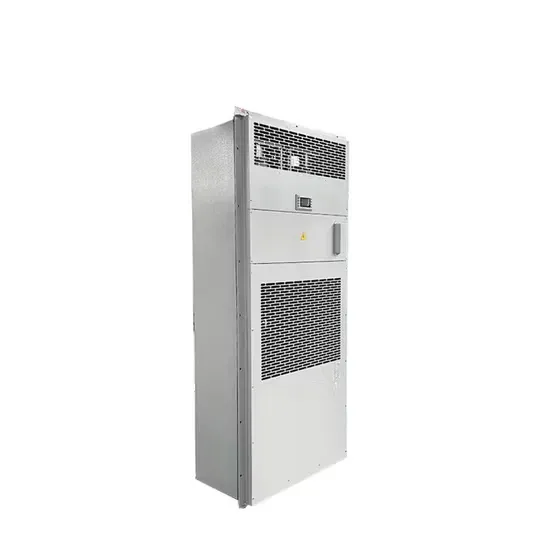
Fire Codes and NFPA 855 for Energy Storage Systems
Fire codes and standards inform energy storage system design and installation and serve as a backstop to protect homes, families,
WhatsApp Chat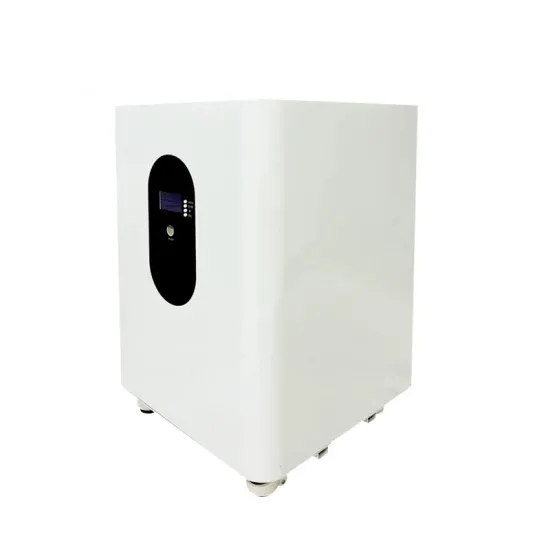
Microsoft Word
Under the Energy Storage Safety Strategic Plan, developed with the support of the Department of Energy''s Office of Electricity Delivery and Energy Reliability Energy Storage Program by
WhatsApp Chat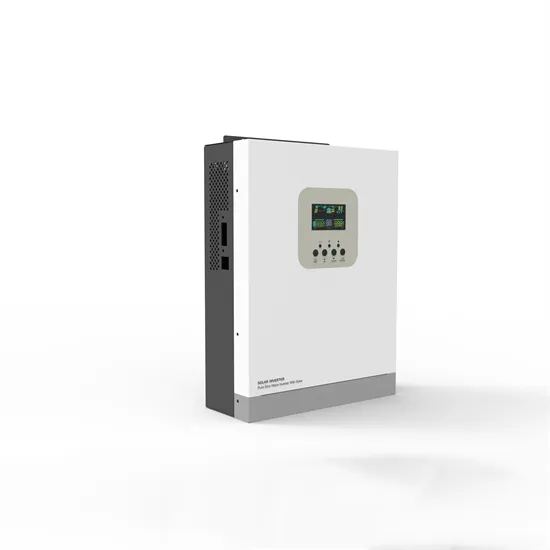
Fire Inspection Requirements for Battery Energy Storage Systems
NFPA 855: Standard for the Installation of Stationary Energy Storage Systems: This standard provides requirements for the installation and maintenance of stationary energy storage
WhatsApp Chat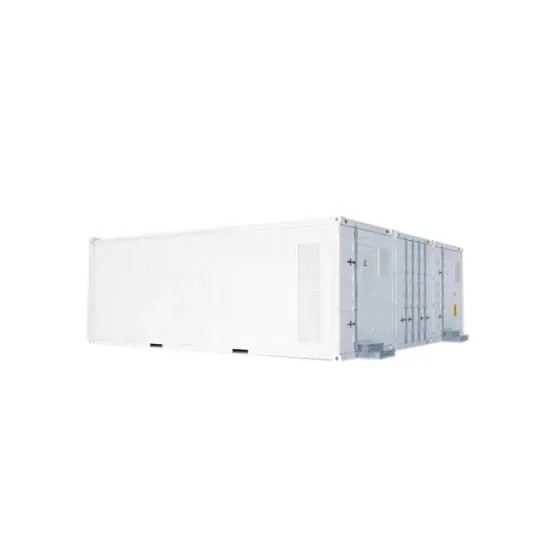
Energy Storage NFPA 855: Improving Energy Storage
The focus of the following overview is on how the standard applies to electrochemical (battery) energy storage systems in Chapter 9 and specifically on lithium-ion (Li-ion) batteries.
WhatsApp Chat
National Fire Protection Association BESS Fact Sheet
The table below, which summarizes information from a 2019 Fire Protection Research Foundation (FPRF) report, "Sprinkler Protection Guidance for Lithium-Ion Based Energy Storage
WhatsApp Chat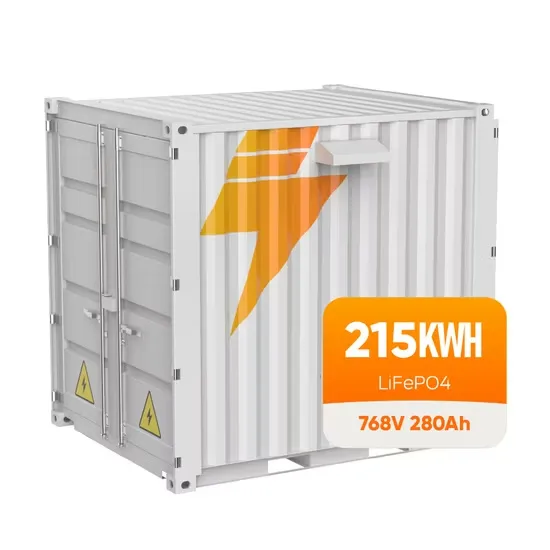
Battery Energy Storage Systems: Main Considerations for Safe
Battery Energy Storage Systems: Main Considerations for Safe Installation and Incident Response Battery Energy Storage Systems, or BESS, help stabilize electrical grids by
WhatsApp ChatFAQs 6
What are the fire and building codes for energy storage systems?
However, many designers and installers, especially those new to energy storage systems, are unfamiliar with the fire and building codes pertaining to battery installations. Another code-making body is the National Fire Protection Association (NFPA). Some states adopt the NFPA 1 Fire Code rather than the IFC.
What are fire codes & standards?
Fire codes and standards inform energy storage system design and installation and serve as a backstop to protect homes, families, commercial facilities, and personnel, including our solar-plus-storage businesses. It is crucial to understand which codes and standards apply to any given project, as well as why they were put in place to begin with.
What is battery energy storage fire prevention & mitigation?
In 2019, EPRI began the Battery Energy Storage Fire Prevention and Mitigation – Phase I research project, convened a group of experts, and conducted a series of energy storage site surveys and industry workshops to identify critical research and development (R&D) needs regarding battery safety.
When should explosion prevention systems be installed?
If there are enough batteries in a room to create an explosive atmosphere, then explosion prevention systems or deflagration venting should be installed per NFPA 68, Standard on Explosion Protection by Deflagration Venting, and NFPA 69, Standard on Explosion Prevention Systems.
Why are building and fire codes important?
Before diving into the specifics of energy storage system (ESS) fire codes, it is crucial to understand why building and fire codes are so relevant to the success of our industry. The solar industry is experiencing a steady and significant increase in interest in energy storage systems and their deployment.
Do I need a sprinkler system for a battery ESS?
A: Testing has shown that water is the most efective agent for cooling for a battery ESS. For this reason, a sprinkler system designed in accordance with NFPA 13, Standard for the Installation of Sprinkler Systems, is required by NFPA 855, Standard for the Installation of Energy Storage Systems.
Related reading topics
- Photovoltaic on-grid and off-grid integrated inverter
- Kenya communication base station wind power equipment installation 6
- How many watts does an 8-volt solar panel have
- Energy storage battery sales industry
- How much is the investment in household energy storage
- Communication signal base station measurement
- Nickel-zinc battery energy storage
- Myanmar inverter wholesale price
- Container energy storage lithium battery supply
- Solar charging auxiliary system
- Customized energy storage container power station in the Netherlands
- How much does a home energy storage system cost in Guinea
- Which brand of 24v inverter is good
- Somaliland battery cabinet customization
- Is an outdoor battery cabinet possible
- Island Wind and Solar Energy Storage Project
- The best inverter manufacturer in the Marshall Islands

